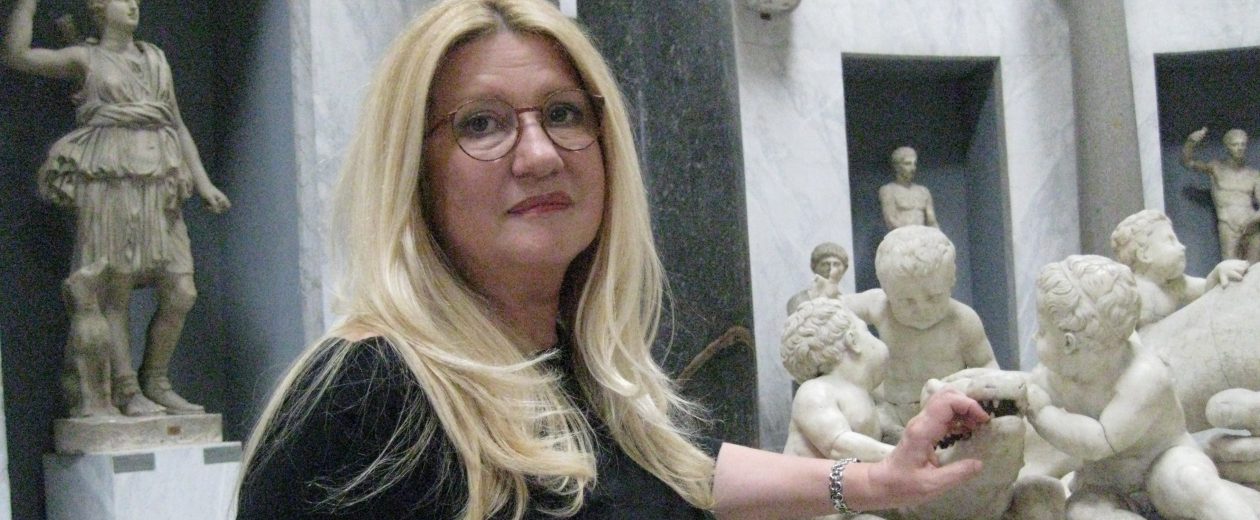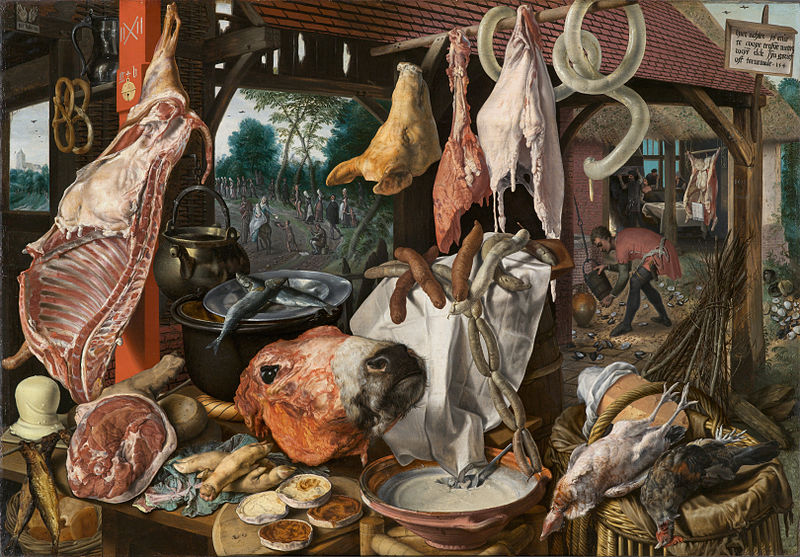The story of still-life painting started in Ancient Greece when Zeuxis painted raisins which were so realistically reproduced that birds would try to pilfer them.
During the XIVth Century, the art of creating illusion was also much admired, notably in Italy where several mural deception paintings were produced. During the XVth Century Flemish masters Jan van Eyck and Robert Campin introduced still-lives in their paintings. However, still-life painting as a genre began in the first years of the 16th Century.
The term “still-life” only appeared during the middle of the XVIIth Century. Before 1650, we can speak of fruit, banquet or luncheon paintings. The proof that these works were very much appreciated is the fact that Dutch artist Ambrosius Bosschaert received 1000 guilders for a painting of flowers whereas the price of a portrait in Holland around 1625 was fixed at about 60 guilders.
From then on, the representation of flowers, dead animals or objects became more symbolic as each thing had a religious meaning according to the Bible.
Fish still-lives were mainly produced in the Hague which had an important market, breakfast still-lives were a speciality in Haarlem while flowers were more demanded in Utrecht. These paintings also reflected a change in mentality and thinking, as deep economic changes occurred at the end of the XVIth Century in Holland and the Flanders that were ruled by the Habsburg dynasty. With the development of overseas trade, traditional agriculture receded while the development of markets became spectacular.
Dutch and Flemish people became more accustomed to buying fruits and other foods and because of the new opulence, painters had a new approach towards this kind of “gastronomic fetishism” in art.
Photo: Pieter Aertsen, A Meat Stall with the Holy Family Giving Alms (1551). North Carolina Museum of Art). Other versions include one in the University Art Collections, Uppsala University, Sweden. © Craig Philip Donovan.


Very interesting and intense: this could be a great introduction to an “Exibition”.
Food and Art from Middle Age up to now.